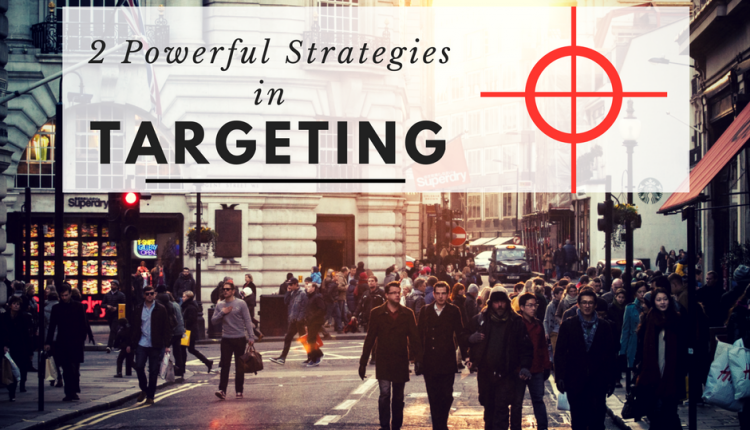2 Powerful Strategies in Facebook Targeting
For many marketers, especially newbies in Facebook targeting , the broader audience seems to drive more results. Who target audience is is not important but the scale of audience. Many targets whatever they think it is effective and more is better. If they don’t target, they think they will lose a chance to sell more goods. What they are thinking is actually not totally true as more detailed targeting is more effective in most of the cases.
1. Split to control:
Marketers should split your audience into small groups based on criteria such as age, gender, behavior or interests. A split test has various benefits as follows:
- Understand customers
If your products are for the age range of 20 and 40. You can split and have a group of the audience from 20 to 22 years old. For the group, you understand one thing about them. They are young and the young at the age have different interests, habit, and motivation from the customer in the age range of 30 and 32. Based on that information, you can design your creatives to attract the young in each group.
Another suggestion is split behaviors. You can split into groups based on smartphones audience use. For example, A group includes audience using iPhone7. You can offer a promotion of iPhone case or attract them by information about iPhone7. So the first benefit is understanding more about your target audience will help you to generate more suitable and effective for the specific group.
- Perform A/B test to find out which group drives more results, and increase the budget for the group
- Ads reach more unique users, not impressions compared to ads without split test
Marketers may know that ads in one ad account do not reach all potential audience in one ad set. Even when you spend high budget, to a certain level, ads will be delivered to the user who already has seen the ads, not all unique users in the group of audience. This draws from the fact that frequency increases while reach is not equal to the potential audience. Split ad sets allow marketers to reach more in potential audience.
The strategy sounds great for all marketers, but it does not mean that it has no weakness. A/B test means a bunch of ad variations marketers need to control. If all of these ads are out of control, it is possible that you lose both money and effort.
2. Combine
This strategy is in contrast to the first one. Instead of splitting, marketers combine groups of audience together and deliver ads.
So when should marketers use this strategy?
For example, you run ads for a karaoke with birthday event service, you can target to users with coming birthdays, friends of who celebrate the birthday soon, and users who are interested in singing. Of course, our audience groups should have some things in common or related to your products or service. For the mentioned example, users who have interests in singing may go to sing, who celebrate birthday can go to sing, etc. All of that is karaoke service. The combination should be relevant instead of random.
If your creatives are attractive to the audience, it is possible for a broad audience to work. Thanks to the relevance score, you can reach more people, resulting in more engagements. Although target customer accounts for 20% of the total reach, good creatives increase reach 5 times, so broad targeting brings the same result to detailed targeting.
You also can use two strategies at the same time.
AdCoffee – The first Marketing Automation Platform in South East Asia: https://adcoffee.io/


